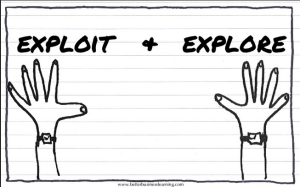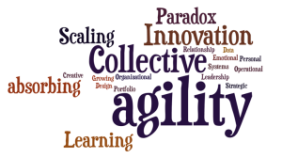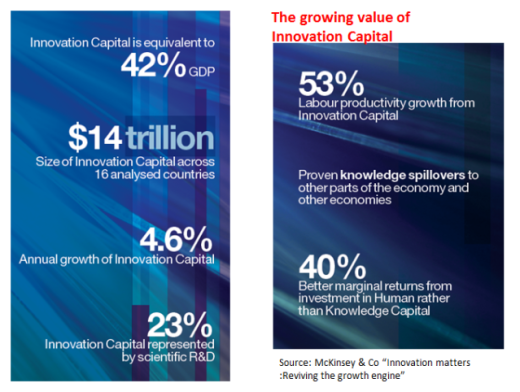 Do we know what are the dependencies and requirements for building and sustaining your organizations innovation success?
Do we know what are the dependencies and requirements for building and sustaining your organizations innovation success?
How do you sustain innovation, is it more through the structuring of everyday work, by creating a particular set of social rules and resources that foster specific routines? Or something different?
We work really hard at maintaining these re-occurring processes, never willing to extend and push them in different and new ways. We have actually become very static in our approaches and learning, we are not learning anew.
We often simply end up with incremental innovation that might just ‘nudge’ the growth needle but does little more than sustain us in the present and can be ‘contained’ in a tidy process that makes many, including the ‘bean counters,’ very happy until someone changes the game.
Then we need to think differently but this is usually far too late.. As demand is more volatile today we need to experiment, explore, learn and adjust. What becomes more important is the ‘work to be done, and how we go about tackling this and not the work done where we often simply ‘default too. Surprisingly Adam Smith identified this important difference in work way back in 1776.
Continue reading “Building the new dynamics into our capacity to innovate”
 I recently wrote a post “
I recently wrote a post “






